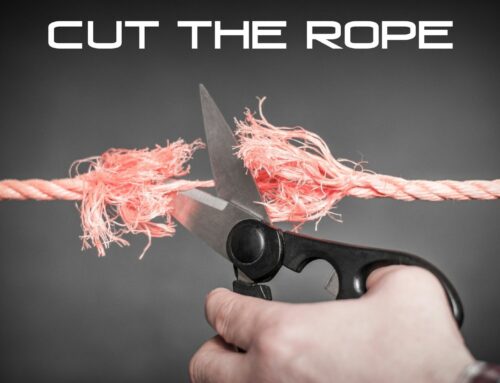One of my personal areas of expertise lies in this unique approach called Muscle Activation Techniques (MAT). This approach helps us to ensure that our bodies are functioning properly and that your nervous system is communicating with your muscular system appropriately. If this feedback loop is interrupted and unable to send the necessary signals, we find our bodies creating a form of compensation which can lead to pain, discomfort, tightness, etc. All of these symptoms are things that we typically experience on a regular basis.
*You can also check out this in video format on our YouTube Channel*
Now when we look at the human structure, it is important to note that our bodies are symmetrical in nature. This should seem obvious. We have a right and left arm. A right and left leg. And so on…both sides should ultimately be able to move in the same manner, however, we tend to choose activities that are asymmetrical in nature. We are dominant to one side. We play sports to our strong side. In baseball, you swing to one side and throw with the same arm. With hockey you always shoot the same way and the same is true for golf. These examples can go on and on as well, but the activities that we perform on a daily basis are asymmetrical which can directly lead to strength deficits and muscular imbalances.
These compensations can lead to issues when we attempt to implement movements that are symmetrical.
We do a bench press utilizing both sides “equally”. A squat with both legs driving through the floor. We focus on this bilateral movement where both sides are working together as opposed to a unilateral, single-sided scenario. When you are working out in a symmetrical state, your exercise can often exacerbate some of those imbalances that have been created through your daily routines.
When we pull all of this asymmetrical information into the MAT perspective, it will provide an opportunity to implement asymmetrical solutions and complement your exercise routine. We would look at identifying where those weaknesses and compensations are coming from and ensure that we increase their ability to tolerate force and create support.
As we focus through this new lens, you’ll find that your daily activities are going to improve. You will be capable of doing more with less energy, pain, discomfort, tightness etc. You want to be very cautious about your exercise selection and how they will complement (or hinder) your regular activities.
Often times, we get into the gym and go through our routine unable to determine why certain aches and pains are starting to rise up. It’s not just “age” but largely due to the way that we have treated our bodies for so long. Performing activities that are asymmetrical and then asking our bodies to work symmetrically in the gym.
This is where MAT can come into play. Identify where those weaknesses/imbalances are and start working towards correcting them once and for all. Work towards creating balance first! Once you have balance (then and only then) you will be able to work in a symmetrical manner, but until that point, your exercise should largely be made up of asymmetrical movements to compliment the weaknesses.
MAT will work with your body to determine a solution and provide the opportunity for you to find an alternative approach to the ailments caused by your workouts.
Remember – You need to look at tailoring exercise to fit your body, NOT fitting your body to a specific exercise. Break away from the “norm” and start feeling better!



